The crossover/SUV market has come to dominate the automotive industry – just as the four-door saloon has been largely forgotten in favour of ever-more variants on the full-size SUV theme, so the humble hatchback is being phased out.
The venerable Fiesta bowed out a while back, Ford dusting down the Puma nameplate for its high-riding crossover. The crossover really has, well, crossed over to the mainstream to the point where it is pretty much just ‘car’ might as well be defined as now.
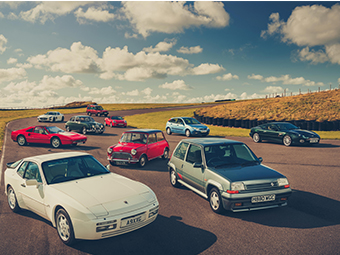
While the origins of the small, car-like off-roader can be traced back to the 1980 AMC Eagle and the 1977 Matra Rancho, it was really the mid-1990s that saw the rise of the small but rugged road warrior. Cultural commentators point to the Iraq war of the early 1990s leading people to wanting something much more robust and rugged as an everyday car, due to the constant coverage on rolling TV news. Hummers bouncing around Baghdad might seem like an odd source of inspiration for the family motor, but given the brutal scenes of a Bluewater Shopping Centre car park on a Saturday morning, you could perhaps see the point.
The crossover – or soft roader – came to prominence just as the market for modification was reaching its fever peak. The adolescents that had spent the late 1980s and early ‘90s modifying Novas, Golfs and 205s found themselves with families and a dog – but still the urge to tinker. This led to some truly spectacular (that’s one word) body kits, body adornments and paint jobs being liberally applied. The most controversial, however, was the widespread adoption of bull bars.
In truth, the bull bar craze had really begun in the 1980s, with off-roaders that – at least theoretically, rather than in actuality – could go off-road. The aesthetic certainly proved appealing, and a heady market of aftermarket bull bars and nudge bars entered the market for the soft roaders too.
Now, it’s hard not to feel a residual feeling of nostalgia seeing one on the road today. Compared to today’s crossovers, which are somewhat po-faced, there was an element of humour about 1990s crossovers. Their off-road abilities might not have been a patch on a Defender or a G-Wagon, but the big chunky plastic body adornments made them seem like life-size Tonka toys. Add in seat fabrics with more colours and crazy patterns than the average raver of the era’s Saturday night and it all seems so much more fun than today’s po-faced black overload and fake carbon fibre.
The 1990s really were the time of the 4×4 – names such as the Isuzu Trooper, Vauxhall Frontera and Ford Maverick will be bring floods of memories (usually being tailgated in the outside lane for the motorway) – but we’ve brought together some memorable names from the soft-roader end of the market. Which ones do you remember?
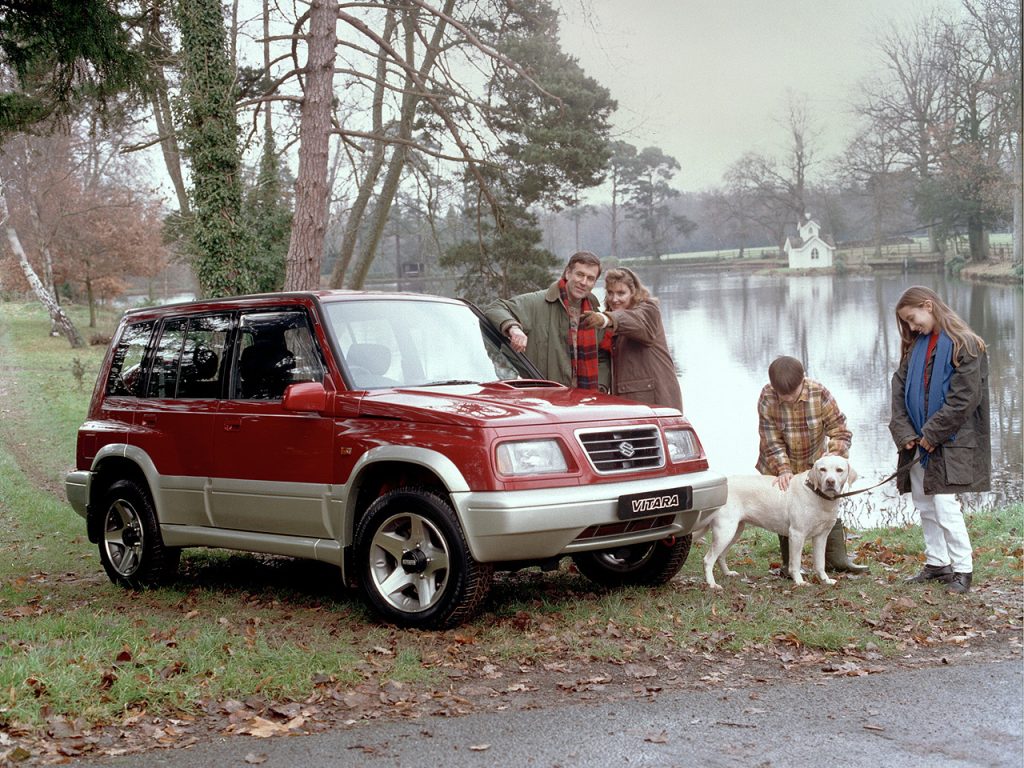
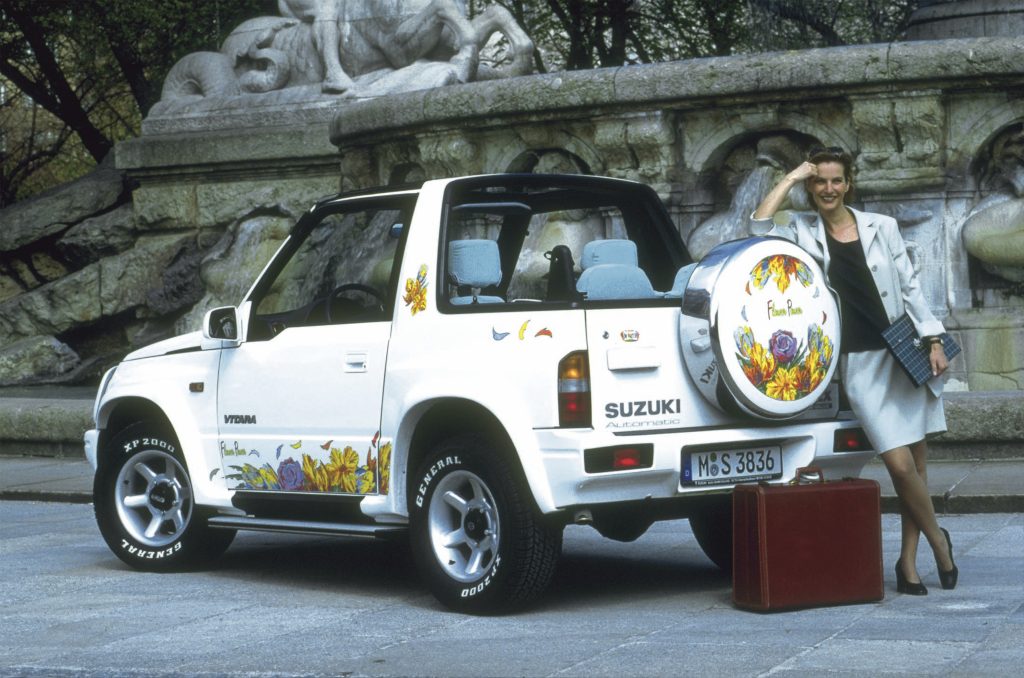
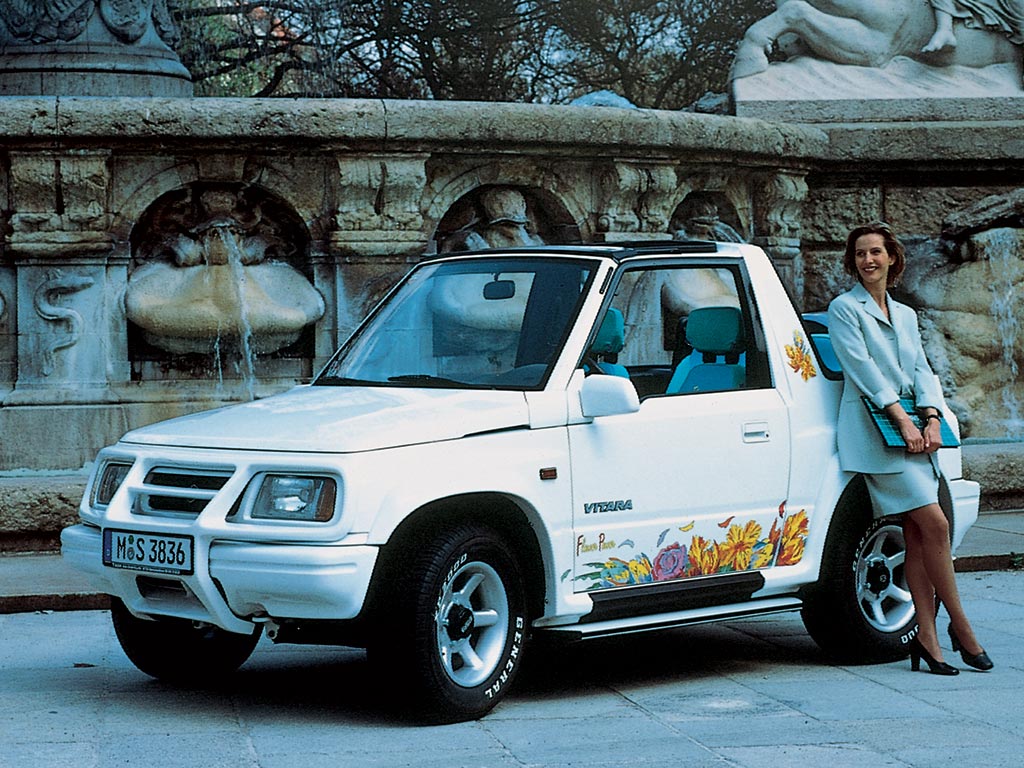
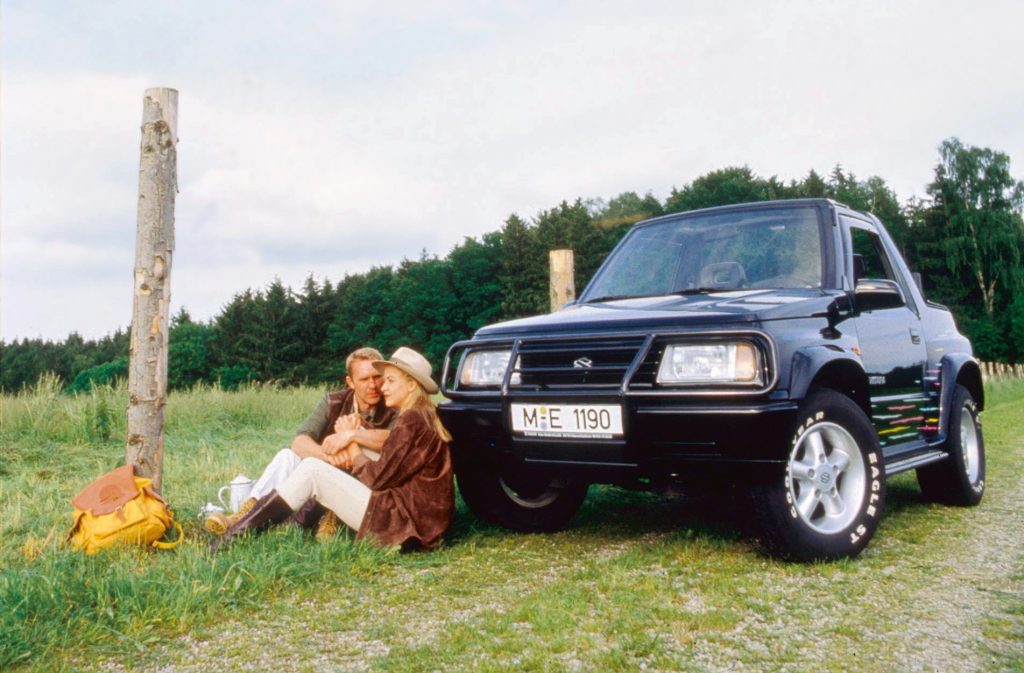
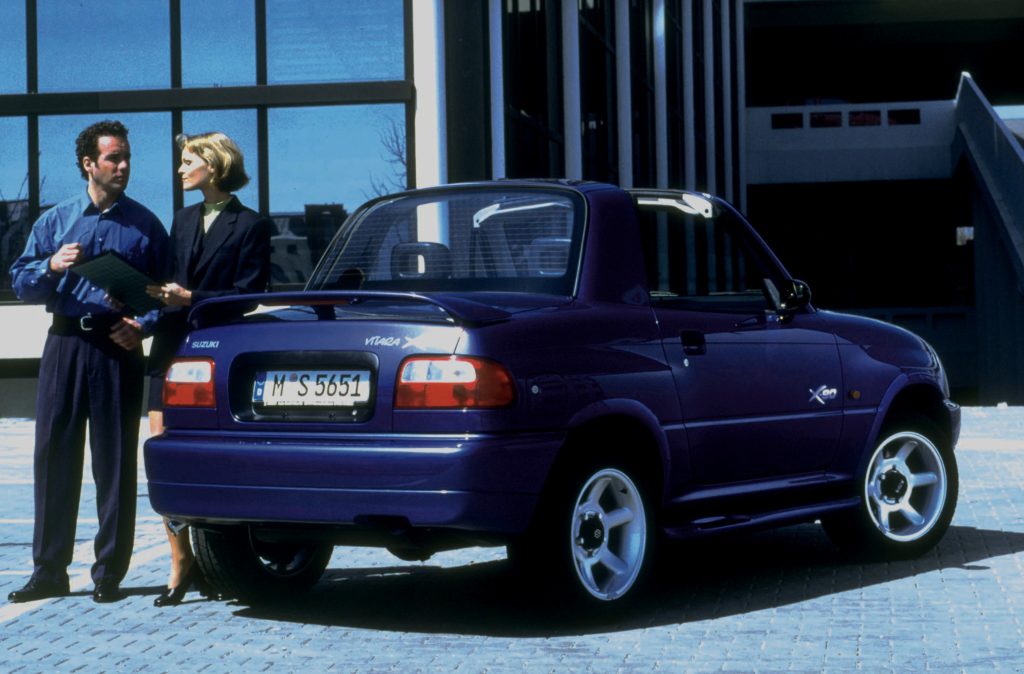
- Suzuki Vitara (1988)
Though the Toyota RAV4 is often argued to be the original compact crossover/SUV as we’ve come to know them, there’s an argument that the first-generation Suzuki Vitara acted as the gateway between more established off-roaders and normal cars at the end of the 1980s, and paved the way for the crossover to turn from concept to reality.
The first-generation was introduced in 1988, and was actually a fairly respectable off-roader, but it was the introduction of a soft top in 1989 that really made a difference. The Vitara already looked different to the square-cut off-roaders in the Defender mould – the curvy shape looked a bit friendlier, and the box-arch aesthetic at the rear brought to mind sporting intent.
It didn’t really have much of that, as it had an 8v 1.6-litre four-cylinder engine and dynamics that soon ran out of answers if you treated it like a hot hatch. In later life it received a 16v four-pot, a turbo diesel and a V6 petrol – but it was a car for cruising in, really.
This was soon leapt on by the modding community, and huge bodykits, wheels and stereo installs became the norm. At the epicentre of it all was Birmingham’s Suzi Qs, which took a look at the Wideboy bodykit option available from Suzuki UK and went one better, with the enormous Fatboy conversion that added mudflaps, a bullbar, high beam lights, Cooper cobra tyres and revised rear lights. Just the thing for a Friday night cruise around the Bullring…
First-gen production wound up in 2000, but the car’s success soon inspired other manufacturers to develop even softer-roaders. The Vitara, meanwhile, has continued – and is now in its fourth generation – though sadly without the wide-arched fun of the original.
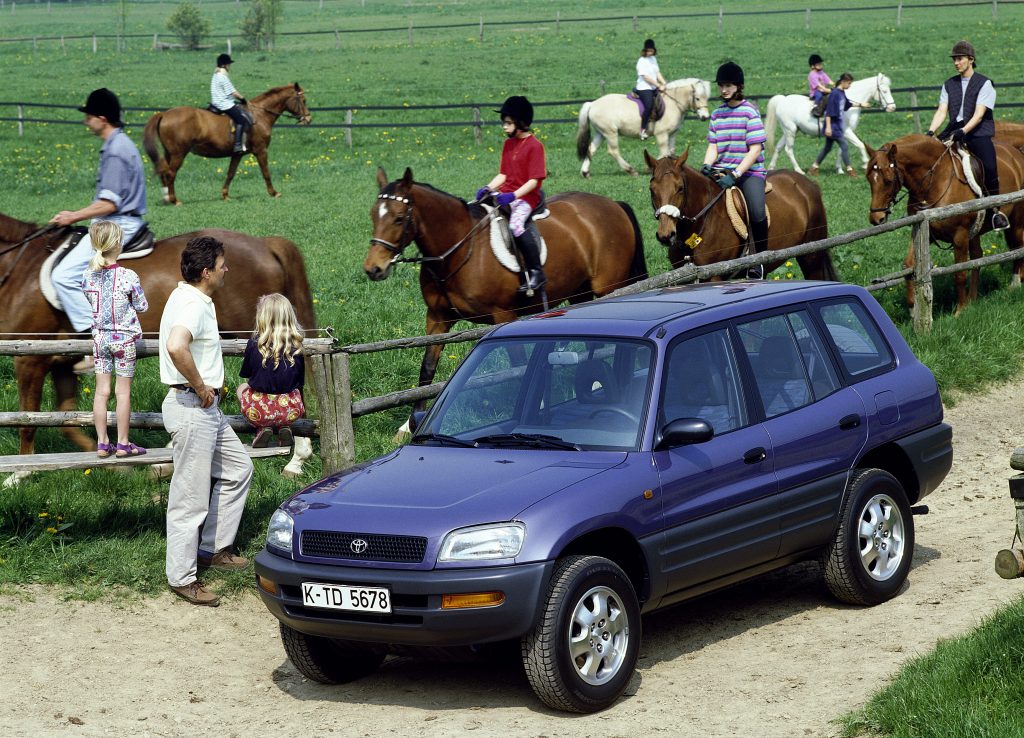
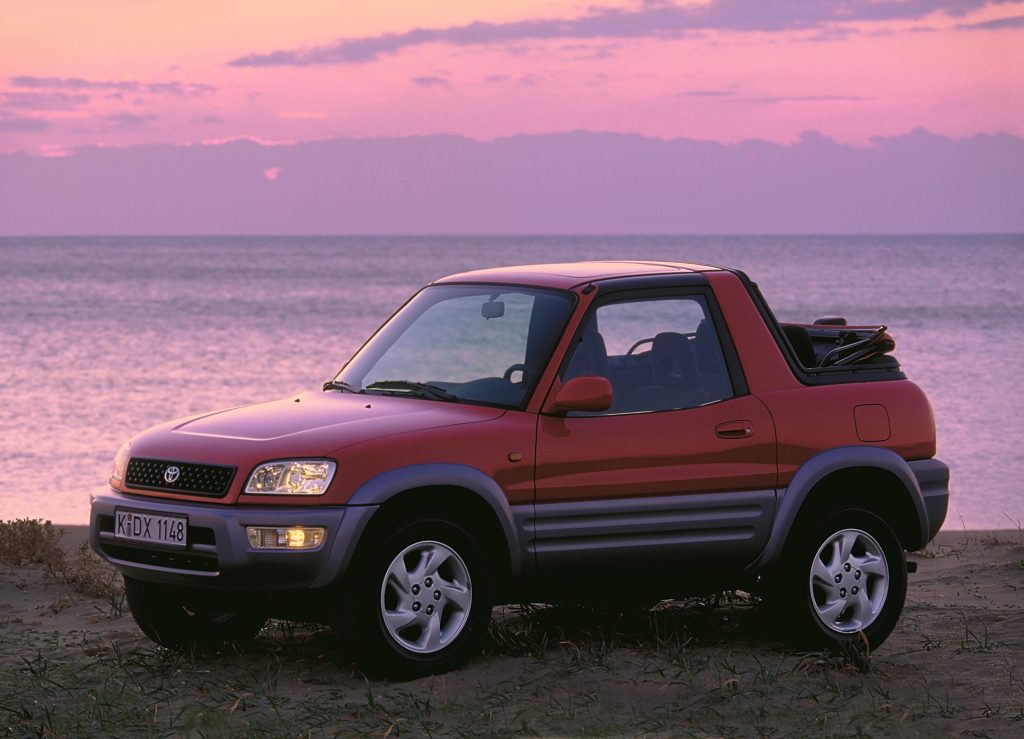
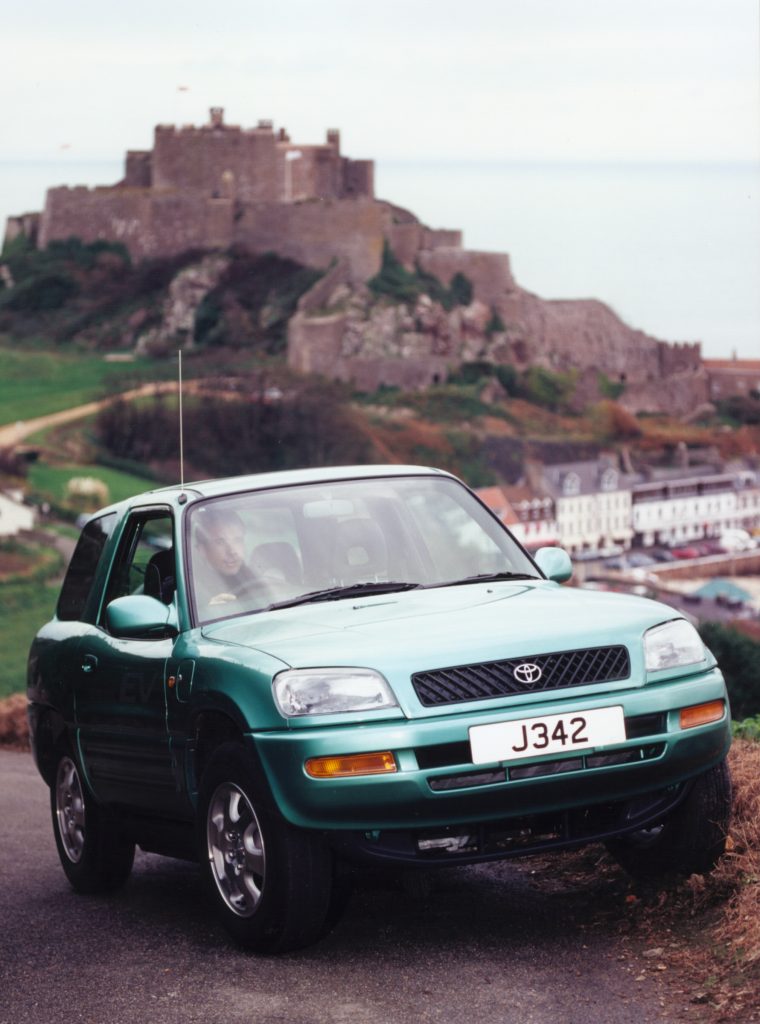
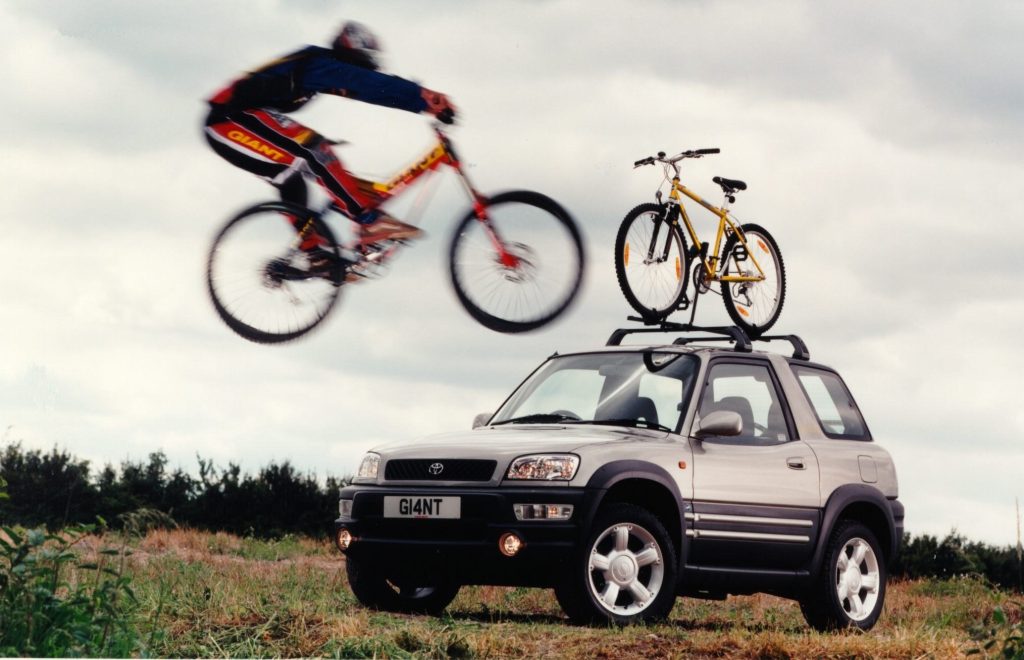
- Toyota RAV4 (1994)
The RAV4 is seen as the genesis of the modern crossover – it was designed to offer the higher visibility and space of an SUV, with the handling of a car, but with four-wheel drive. A tall order, but Toyota delivered on that with a monocoque platform derived from the Carina, a contrast to the separate chassis system used by most 4X4s. The engines came from the Carina and Camry, while the Celica GT-Four coughed up its gearbox and four-wheel-drive system
The Vitara could never hide its off-road origins behind the wheel, whereas the RAV4 was much smoother to drive from the outset, thanks to a 2.0-litre 16v four-pot. While it was clearly not quite an automotive mountain goat, you could specify an optional locking centre diff. Despite this, the car handled like, well, a car, unlike the Vitara.
It was an instant hit and original production targets ended up being doubled. The effect on the market was seismic – pretty soon almost every range needed a crossover SUV, and if that didn’t work, normal hatchbacks and estate cars sprouted plastic wing covers.
The RAV4 continued to evolve – in 1995 a five-door version on a 400mm longer chassis was added to the range, providing seating for five. A cabriolet was added to the range in 1998, but this didn’t quite spark the same excitement as the Vitara – the latest must-have thing by that point was small coupés and convertibles, such as the Audi TT.
Nevertheless, the RAV4 soldiered on until 2001, when it was replaced with a much more grown-up version that did away with much of the quirky Tonka Toy looks, which was a shame. Now, it’s been honoured with inclusion in the 2025 Hagerty Bull Market list.
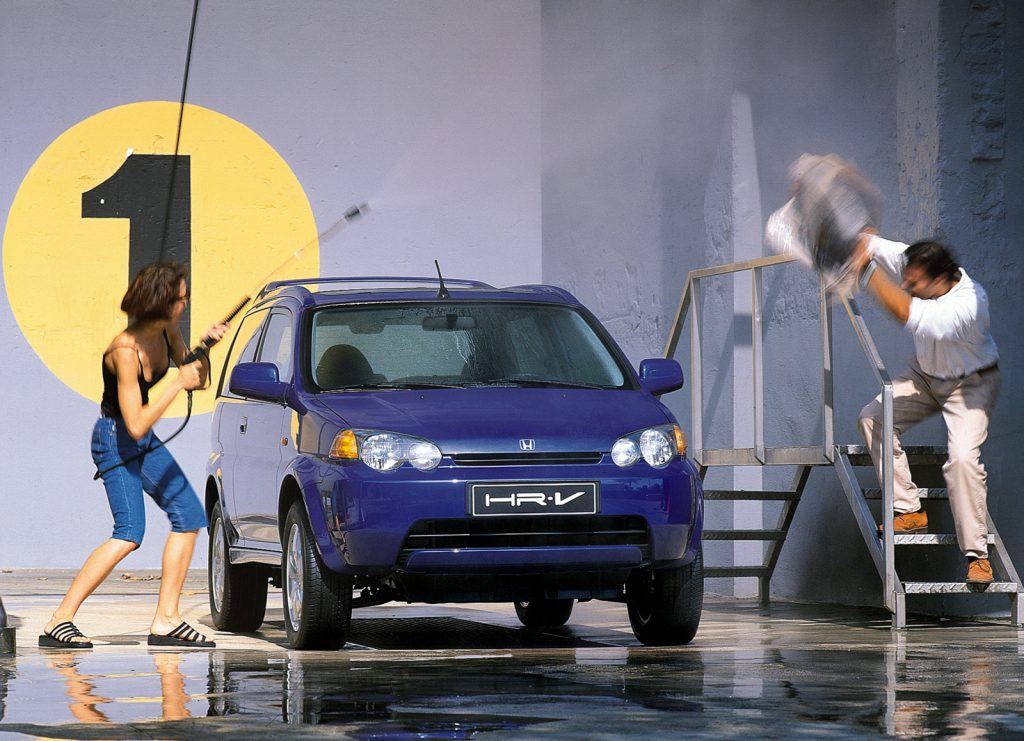
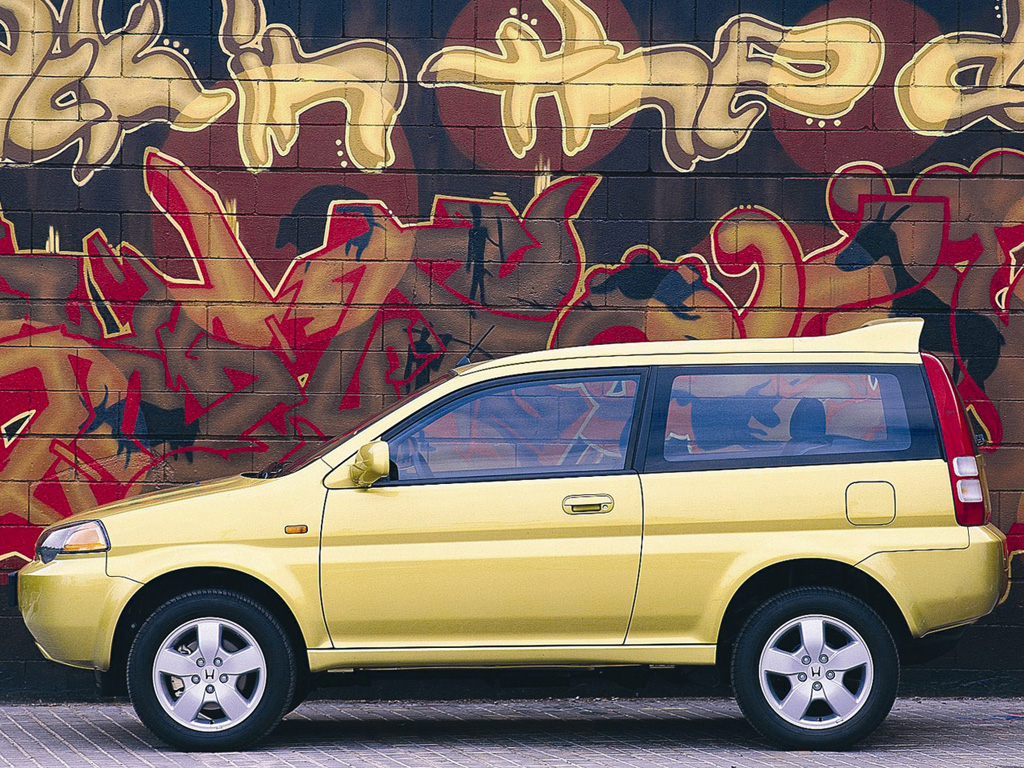
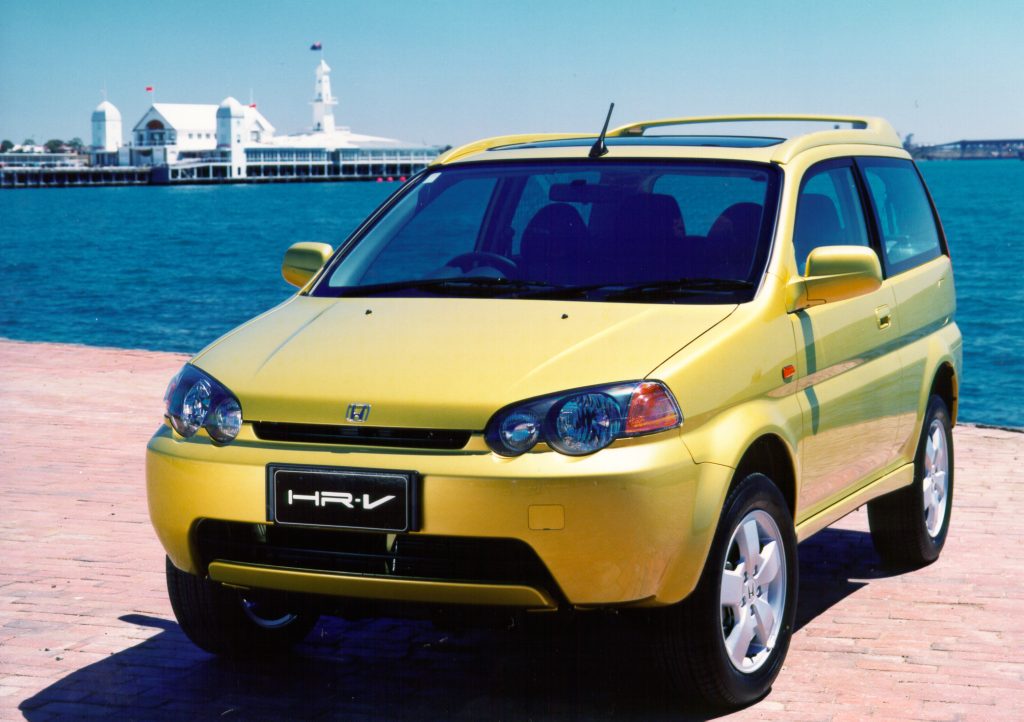
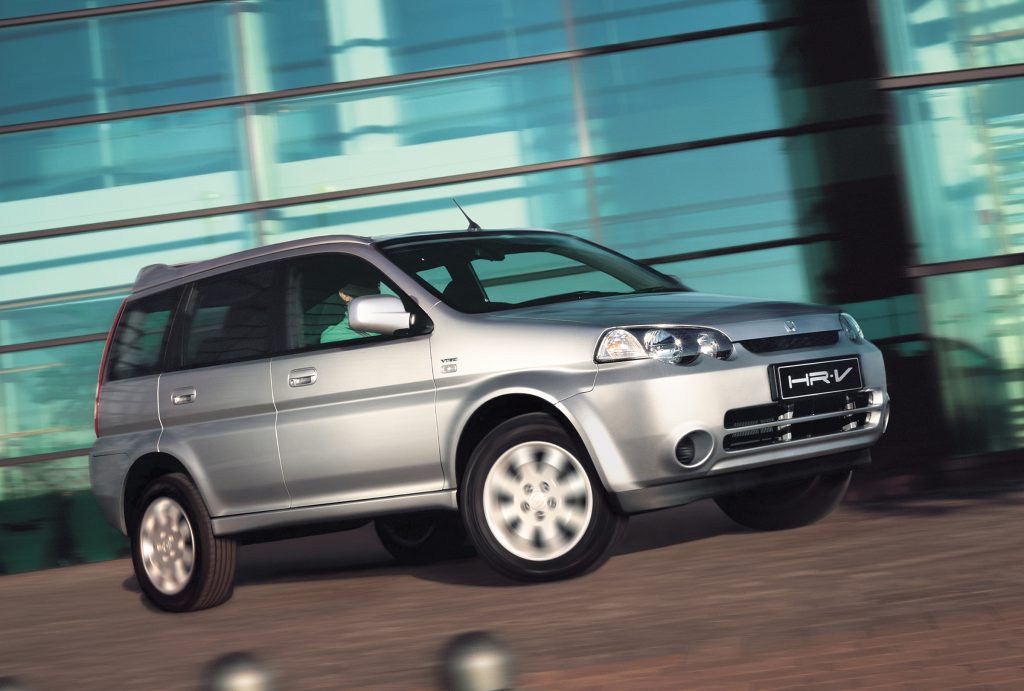
- Honda HR-V (1999)
Honda had two takes on the crossover SUV in the 1990s, with the more conventional CR-V and this, the HR-V. Designed to appeal to youthful audiences, it ended up being bought by those of a rather more advanced age. Why? The raised ride height made it easy to get in and out of, and the big load space, low sill and high roof made it perfect for carrying pot plants. With the kids having long fled the nest, there was no need for four doors.
Launched in 1999, it was based on the seldom-remembered Honda Logo, and used two versions of the same 1.6-litre petrol engine, one of which had VTEC variable valve timing. Don’t expect a Type R in hiding, mind – it has just 123bhp, 20bhp more than the normal engine. Originally only available in three-door form, a five-door version joined the range in 2000.
It might have had the owner profile completely opposite to that which its maker wanted – despite the presence of many lurid colours – but there are several still around now, many with less than 100,000 miles. Japanese reliability, low fuel costs and genuine useability. Maybe I’m getting older or does this now make more sense?
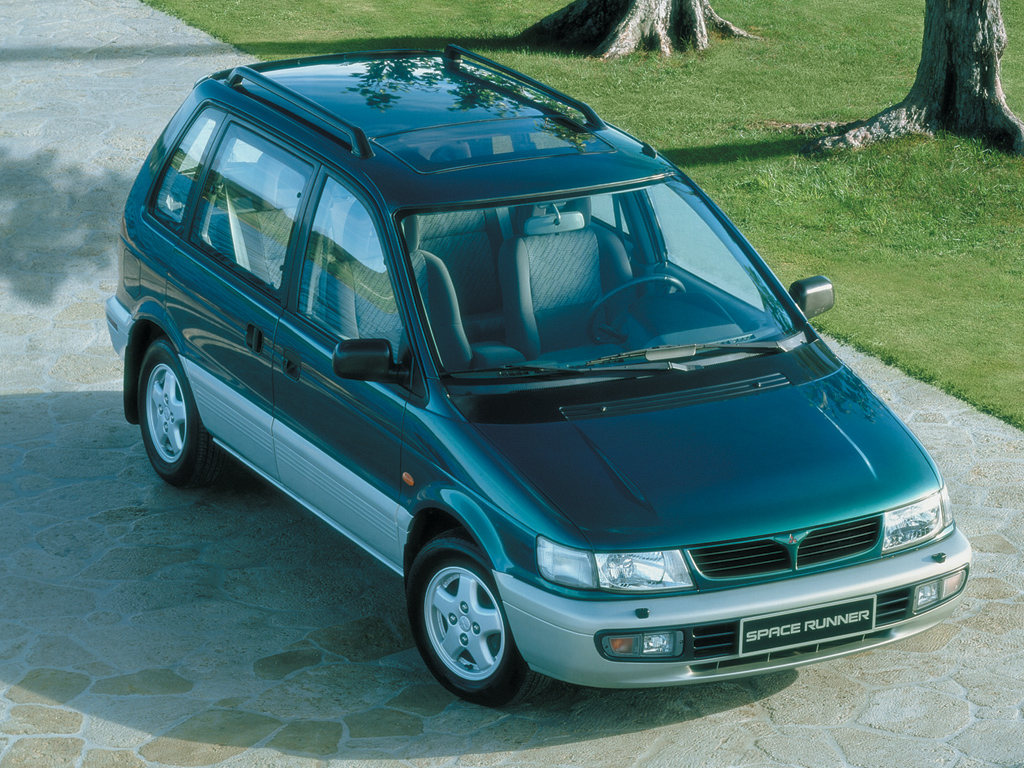
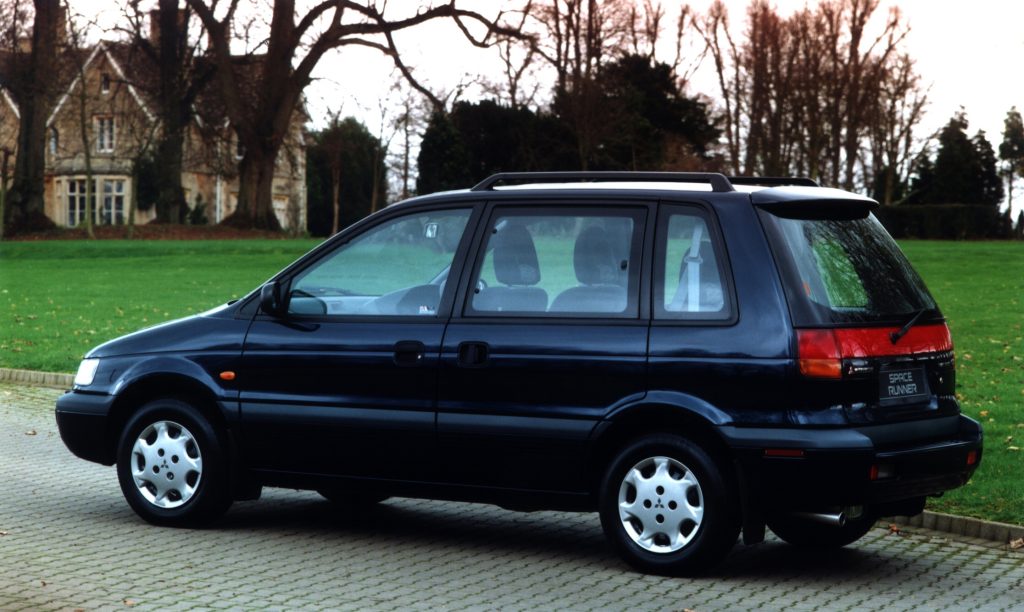
- Mitsubishi Space Runner (1991)
Reading the words ‘Space Runner’, you might hope for something styled with a sliver of sci-fi flair, an interior Buck Rogers would be proud of or something equally out of this world.
Nope. The Mitsubishi Space Runner was essentially a big box full of, well, space. Built on a slightly shorter Mitsubishi Chariot base, it traded on a seemingly endless array of interior seating and stowage arrangements. It was a very serious, utilitarian car, as much an MPV as an SUV, thanks to its sliding doors. The versions most of the world got were very sensible – though the option for two-tone bodywork and the swooping curve down the A-pillar into the bonnet gave it the look of a very large basketball trainer. So why is it on this list?
Mitsubishi is not averse to putting fun engines in odd places – the Pajero Evolution, we’re looking at you. It’s no different here, and the mere mention of an engine code – 4G63T – will cause a slight bit of salivation among some. That’s essentially the same engine that powered Tommi Mäkinen to many a World Rally Championship victory. The Hyper Sports Gear R model transplanted the turbocharged four-cylinder engine from the Galant VR-4 into the engine bay of the Space Wagon. It produced between 228bhp and 247bhp, and came with an Evo 4/5-aping bodykit. We’re not aware of any making it to the UK, but if you’ve got a family of five to transport sideways through Kielder Forest, maybe you need one…

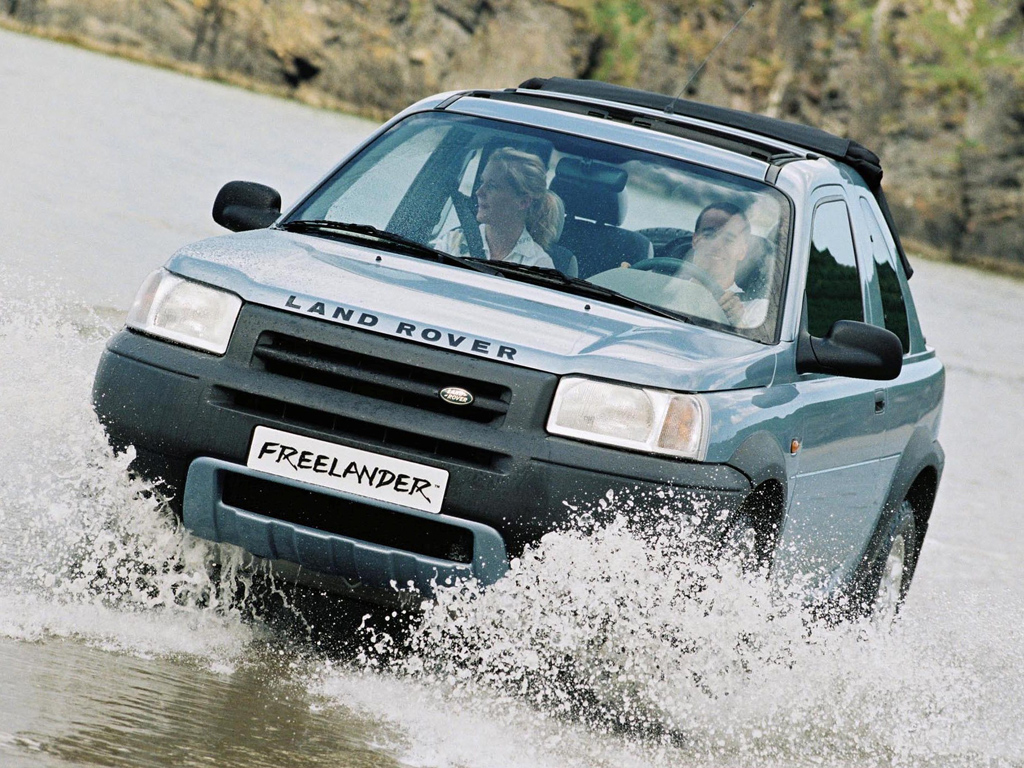
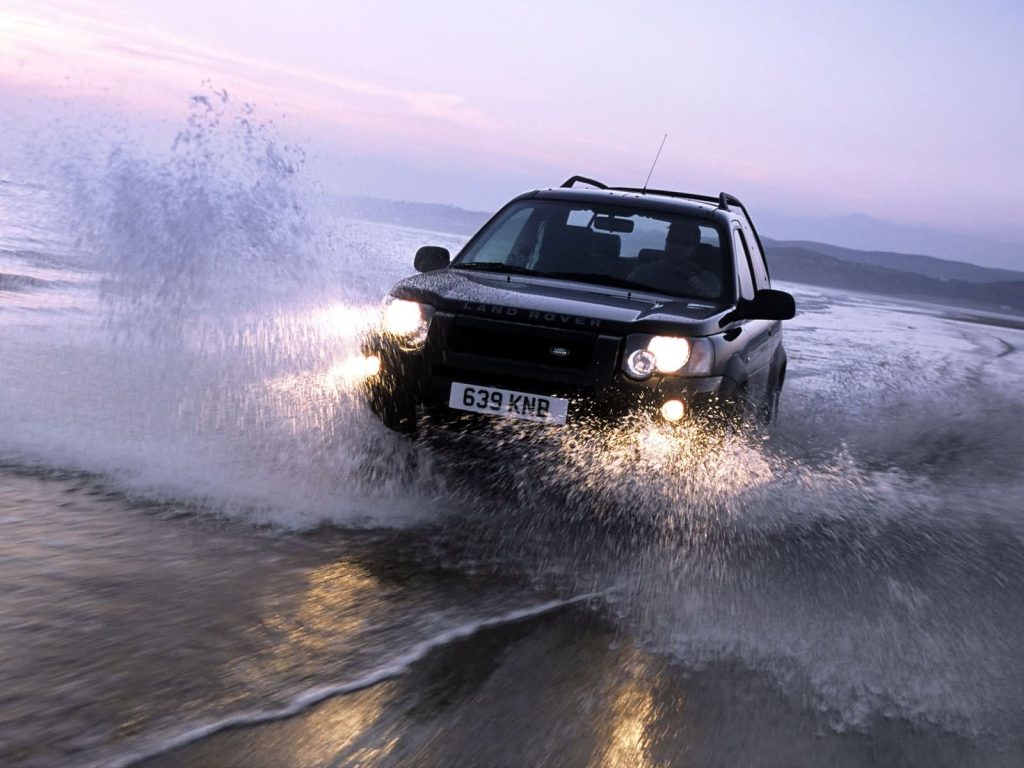
- Land Rover Freelander (1997)
The Land Rover Freelander is something of a marvel, given the breadth of its sales abilities. Then again, it was such a marvelous idea – the appeal and abilities of a Land Rover, in a car-based form – that it makes you wonder why they hadn’t thought of it before the Japanese.
They had, of course – even so far back as the Road Rover prototypes, though the idea really started to take hold in the late 1980s. The Discovery, which had been touted as the ‘small’ Range Rover, was actually almost as long, and had a longer wheelbase.
The need for something smaller was apparent, and Gerry McGovern’s Freelander sketches marked out a funky, different approach to what a Land Rover could be. It’s argued that the Freelander is one of the cars that convinced BMW to step in and buy Rover and Land Rover in 1994. Former partners Honda were suitably unimpressed – they’d been long-time collaborators with Land Rover and probably had an eye on its own variant – and ended up building the CR-V. Squint a bit and the nose looks a bit similar.
The Freelander was far more exciting, however – and better off-road. Despite no transfer box or ladder chassis, a wealth of innovative electric aids meant that you’d get much farther off-road than a RAV4 or CR-V. Still not quite a Defender, but a Land Rover through and through.
That little Green Oval certainly gave the car the aspirational edge, and a wider mixture of engines on launch (a four-pot, a V6 and a diesel) gave it fantastic market appeal. It sold like hotcakes, and became the top-selling soft-roader in Europe, with 540,000 finding homes.
It would be remiss not to mention the legion of issues that came with the car, from engine issues to electrics, as well as frail trim. However, it is the car that Jaguar-Land Rover owes a large debt of gratitude to – as the gateway to the Green Oval, it worked perfectly, and was a helpful volume seller during the difficult P38 era.
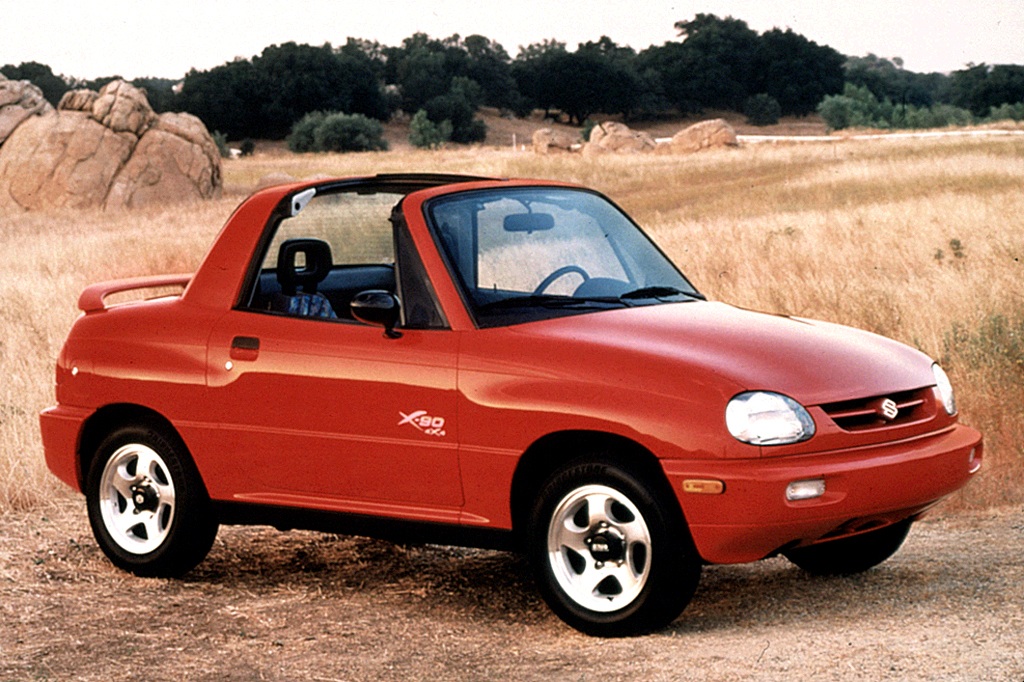
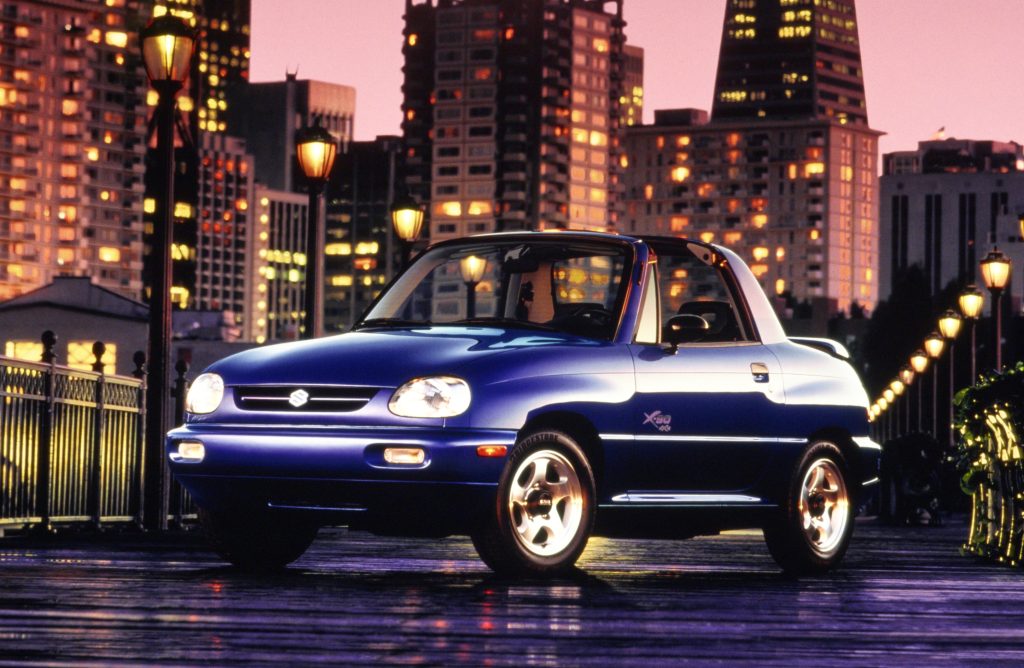
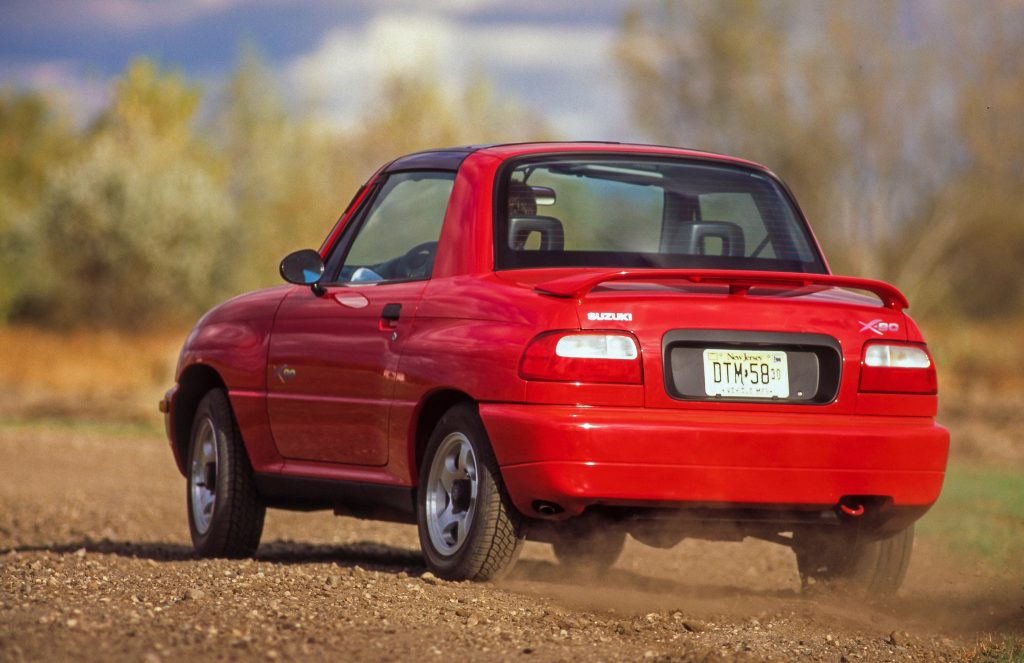
- Suzuki X-90 (1995)
We return to Suzuki with a car that’s been dubbed one of the worst cars of all time – the X-90. Suzuki was overjoyed with the Vitara’s success, but Toyota’s RAV4 had pointed the way in which the market was going.
The problem Suzuki had was that where the Toyota, Honda and Mitsubishi were designed to be road cars first, with off-road abilities an option, Suzuki didn’t really have anything in the range that could be adapted in time to take advantage of the situation. There was little choice but to transplant the Vitara underpinnings to a smaller, curvier body style with a T-section removable roof. You could choose from either four-wheel drive or rear-wheel drive, but in the end very few did.
Despite discounting by as much as 25 per cent didn’t do much to help, and it limped off sale after just two years. It lives longer in the memory as the base for Red Bull’s promotional campaigns, which saw a 1.5-metre can slapped on the back to do tours around university campuses.
Much like a night with several vodka and Red Bulls, opinions of the car have been regurgitated somewhat differently – as a great little off-roader in its own right. The mixture of small values, genuine four-wheel-drive ability and compact dimensions means that there’s a small but dedicated band of 4X4 enthusiasts ploughing them over hill and dale. Not such a soft-roader now, is it?
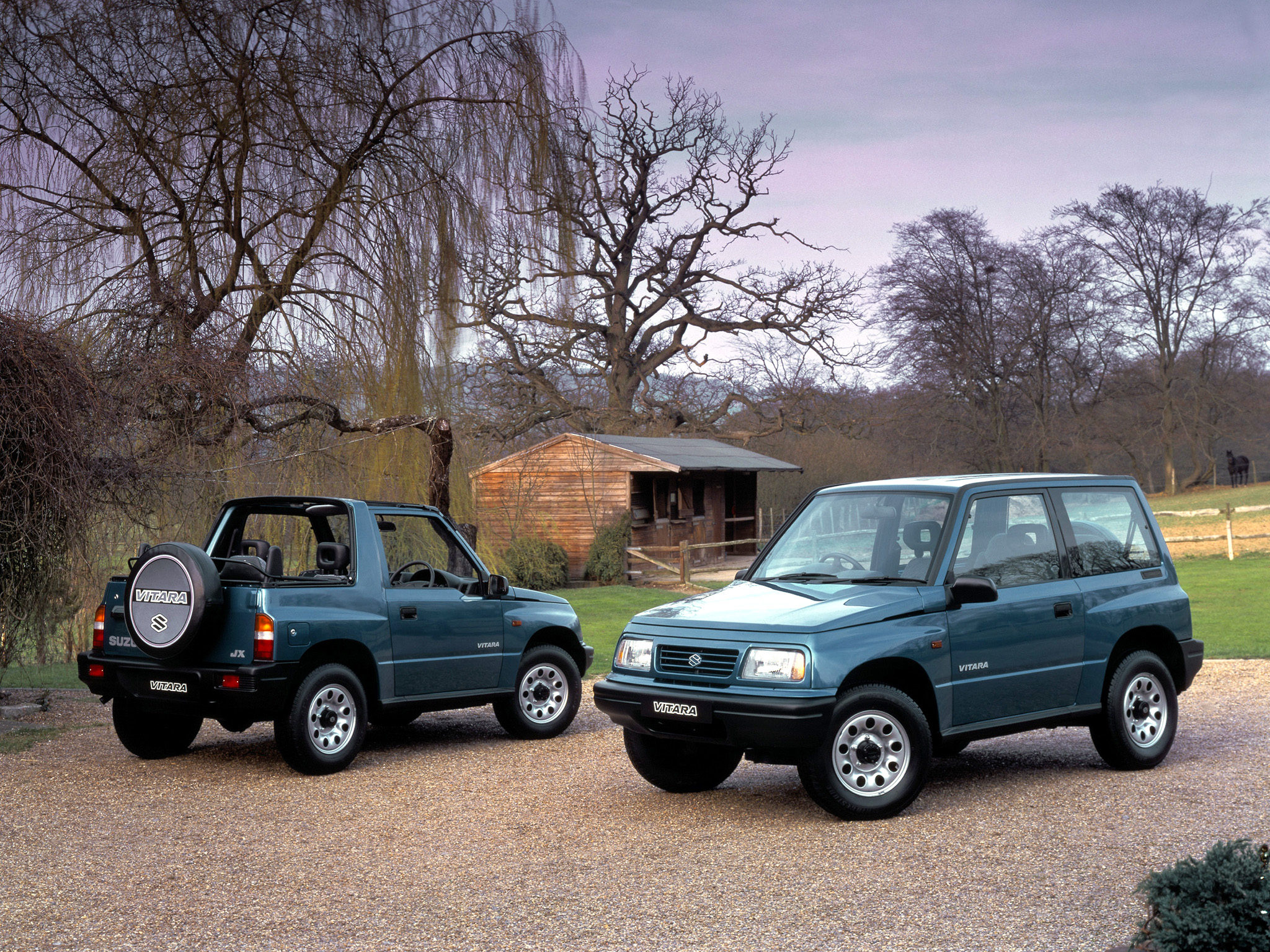
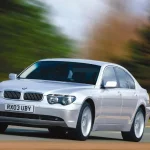








One word answer; “No”.
I had a LWB Vitara, took us to the French Alps and of course it had a transfer box too. Really liked that car!
By comparison, a test drive in a Honda HRV with its column gear change was an awful thing as far as I was concerned.
I kept the Vitara, but eventually bought a Freelander 1 diesel. Liked that a lot, but the Evoque that’s our everyday car these days ticks all the boxes. It’s 12 years old now and irreplaceable as far as we’re concerned.
Each to there own, as ever…
The Isuzu Trooper and Mitsubishi Shogun (THE tailgate Emperor) were actual SUVs, not crossovers, and seriously good on-road, especially at country lane speeds, as was the Land Rover Freelander. The Suzuki Jimny could outdo anything off-road due to light weight. I don’t envisage any of these ever ending up in the classic valuation tool, however, as they were all destroyed in heavy use, soft roaders and all.
What about the Daihatsu Fourtrak and Sportrak?
Surprised there is no mention of the car that arguably started the whole trend – the Fiat Panda 4×4 first introduced in 1983. It was seen in the most unlikely places carrying intrepid Italian farmers and their produce up and down mountains and through any sort of rough terrain. In fact the engine and drivetrain was produced by serious off road makers Steyr Daimler Puch. I seem to remember that Top Gear tried to break one over the Land Rover testing ground and it came through with flying colours.
Daihatsu Fourtrak not on the list & was better than all of them. Not Surprising the Suzuki X-90 sold more in the States than any other market. They were horrendous infact thank fully I don’t remember seeing 1 in years. Something to be said for taste.
I have owned a first-get Freelander (great idea, dreadful execution, easily the worst car I have ever owned for reliability and build issues – truly awful) and replaced it with a more sensible first-gen CRV (fantastic, practical, great to drive too)… after an ultra-reliable second-gen 4×4 Terios I now have a new-gen Suzuki Vitara 1.4 Turbo, which is very swift, thank you, but only a 4×2 (here in SA, All-grip versions only have the asthmatic 1.6). My father had several Discoveries, a Fourtrak and a Pajero… last the best of all…
The Space Runner is an outsider here but The Freelander is the only one I would want today.
A Land Rover or Rangie is the only thing.
Hello, writer here – the Daihatsus and the Fiat weren’t included as they were genuine wheeled mountain goats (and still are). Whereas the overriding theme with the cars above (with the caveat mentioned for the Vitara/X-90) is that these were, shall we says, celebrating the aesthetic of the grand outdoors, rather than their abilities to scamper up hill and dale.